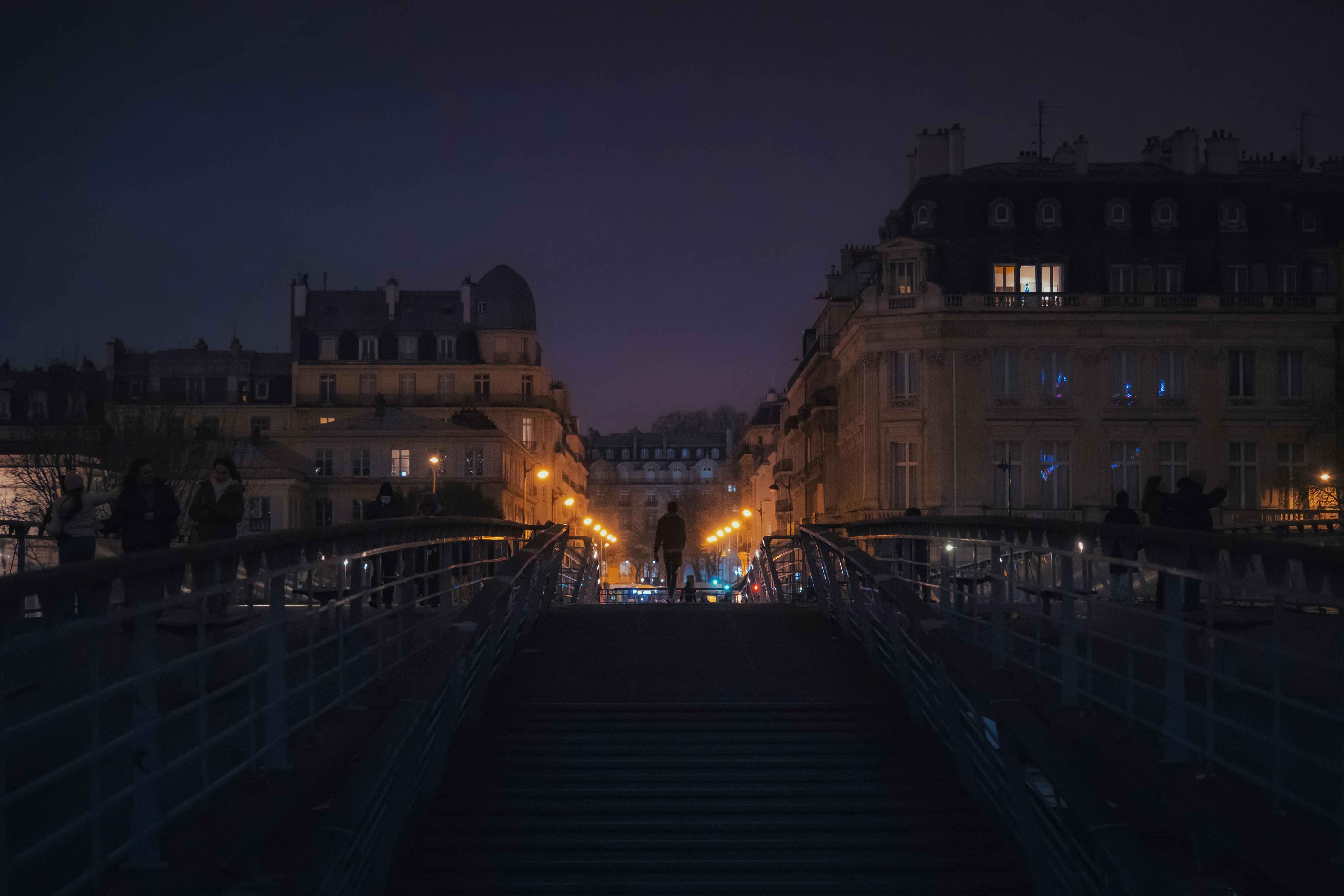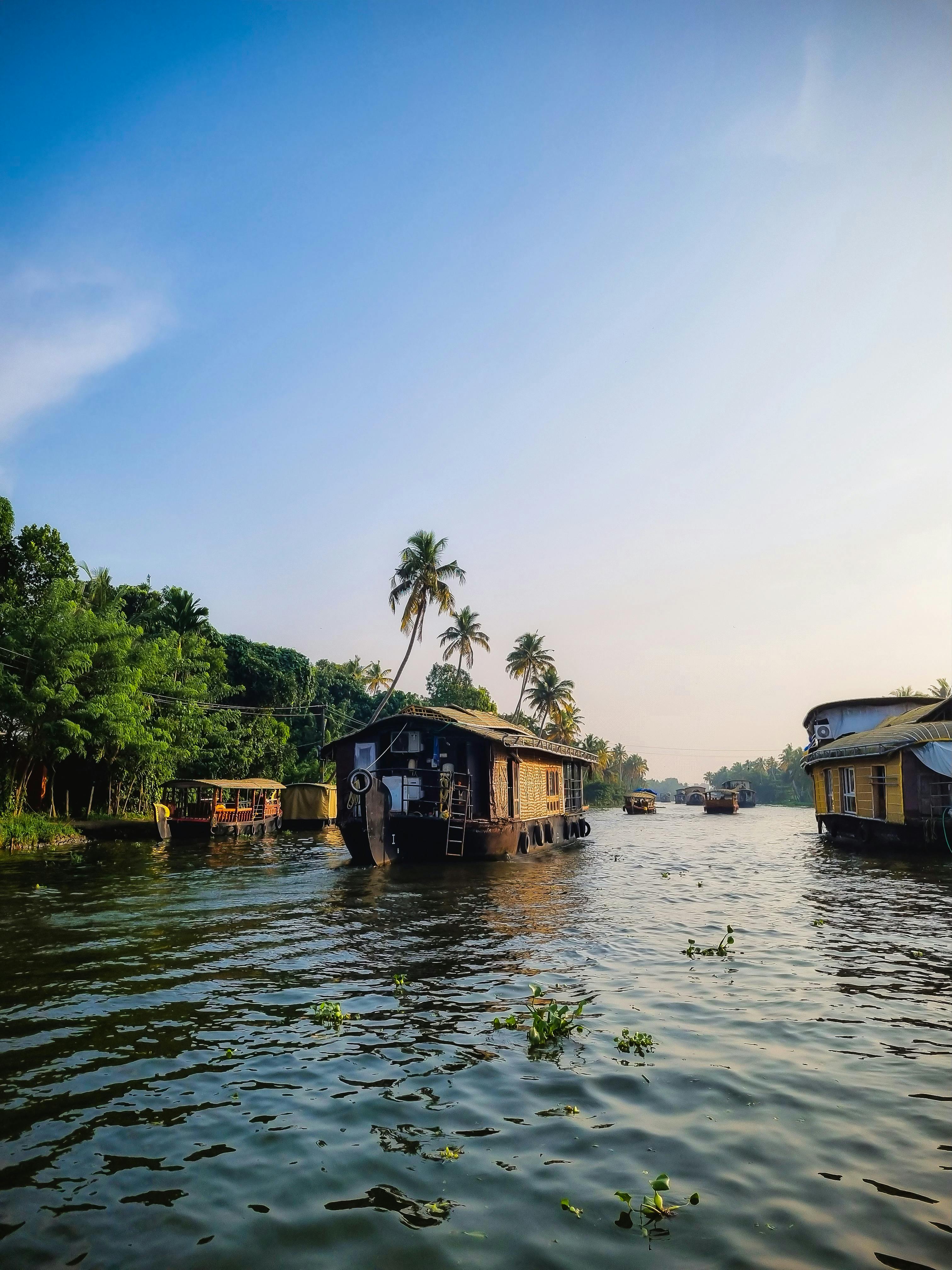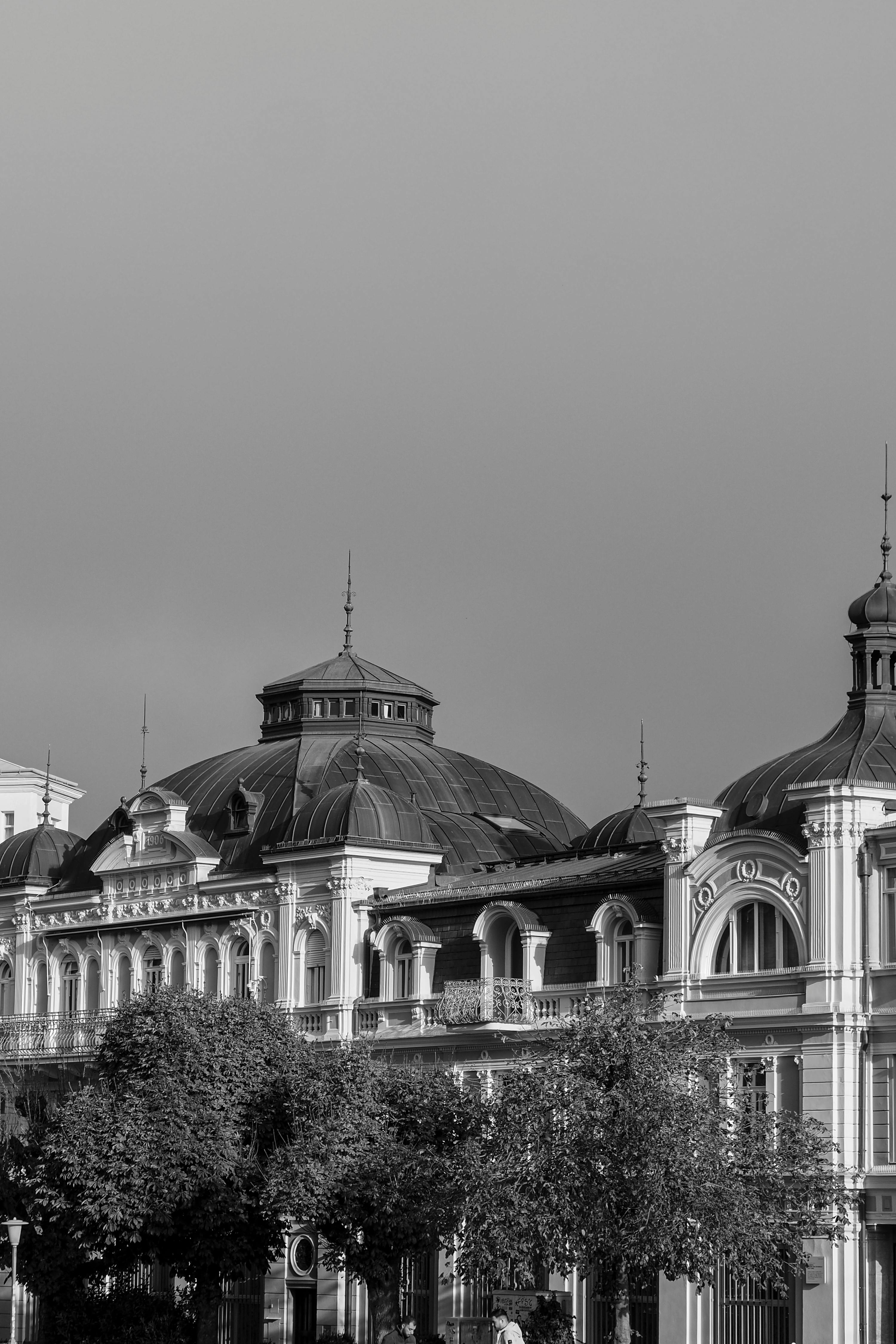"Unveiling the Mystique of Dark Tourism: A Journey into the Shadows"
In the vast spectrum of travel trends, one stands out for its unique blend of history, curiosity, and a touch of the macabre: Dark Tourism. This intriguing travel style, which involves visiting sites associated with death, tragedy, or disaster, offers a stark contrast to the typical sun-soaked vacation. This article delves into the origins, current trends, and implications of Dark Tourism, providing a comprehensive guide for those intrigued by this unconventional travel trend.

The Genesis of Dark Tourism
Dark Tourism, though a relatively recent term, has roots stretching back centuries. Pilgrimages to sites of religious martyrdom, battlefield tours, and visits to catacombs all fall under the umbrella of Dark Tourism. The term itself was coined in the late 1990s by scholars Lennon and Foley, who sought to explore the phenomenon of people’s fascination with places associated with death and suffering.
The Allure of the Dark Side
Today, Dark Tourism has evolved into a significant sector within the travel industry. From the haunting remnants of Chernobyl to the somber memorials of Auschwitz, these sites attract millions of visitors each year. The allure lies in the opportunity to confront mortality, gain historical perspective, and experience a sense of empathy and reflection that traditional tourist spots often lack.
The Impact on Travelers
While Dark Tourism offers unique insights, it also presents challenges. The ethical implications of visiting sites of tragedy and suffering are a constant debate. Critics argue that it can border on voyeurism, while proponents believe it fosters understanding and remembrance. The impact on travelers can be profound, often leading to a deeper appreciation of life and a renewed perspective on history.
The Future of Dark Tourism
As the world becomes more interconnected, Dark Tourism continues to grow. The rise of virtual reality technology offers potential for immersive, respectful experiences of historical tragedies from a safe distance. However, the balance between education and exploitation remains a delicate issue that the industry must navigate carefully.
Intriguing Aspects of Dark Tourism
- Dark Tourism spans a wide range of sites, from historical landmarks like the Tower of London to modern disaster zones like Fukushima.
- Some Dark Tourism sites, such as the Catacombs of Paris, have been tourist attractions for centuries.
- Dark Tourism can be a form of grief tourism, where people visit sites associated with personal loss, such as Ground Zero in New York City.
- Dark Tourism is not limited to human tragedies. Natural disaster sites, like Pompeii, also attract visitors.
In conclusion, Dark Tourism offers a stark contrast to traditional travel, inviting visitors to explore the darker side of human history. While it presents ethical challenges, it also provides opportunities for reflection, education, and empathy. As this unique travel trend continues to evolve, it will undoubtedly continue to provoke thought, spark debate, and offer a unique lens through which to view the world.





